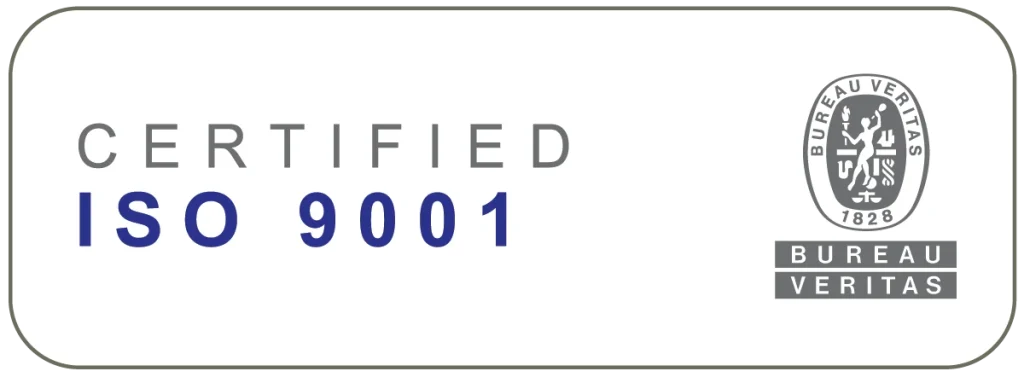
Good Inventory Practices
Having an efficient Inventory process is very important to plan a healthy menu in advance, and to maintain a seamless purchase cycle. It is equally important to constantly upgrade, adapt and streamline our in-house inventory operations to meet the current demands. As we all have experienced, it is very easy to slip into bad habits, inefficient practices, and land with a high cost of inventory.
By following few good practices, we will be able to maintain dynamic and efficient inventory data. The goal is to find the ideal inventory sweet spot – where we maintain the lowest possible inventory levels without being understocked. Inventory should not be too much or too little, both situations are bad for the vessel.

Here are a few Inventory Management best practices that will help in many ways …
1. Updated Product information like average cost, popular countries, shelf life, is it seasonal, is it hard to procure in the port of call, etc. helps to plan purchase.

2. Make an ABC list of items based on the importance (most important to least)
- A-items are the highest priority stock and require regular monthly reordering.
- B- items are valuable, medium-priority stock and usually require quarterly reordering.
- C-items are low-priority stock and require minimal reordering.

3. Organise the stock in the storeroom according to how often the items are used, will help in optimising storage space, streamline ordering and clear clutter for ease in counting.

4. Simplify the stores & issue process. Here are few ways to follow …

- Finalise the menu (based on the stock availability, crew preference, and other factors)
- List out the items required for that day’s cooking on a notepad (do not go by memory).
- Use an empty crate/basket to collect all these items (separate basket for each store).
- Double-check each item for accuracy before taking the basket to the galley.
- Try and reduce the number of trips to the storeroom through preplanning.
5. Chart out a ROL for critical/essential items (Re- Order Level)

- Based on the daily consumption quantity and the average number of days between receiving provision deliveries, we can arrive at the ROL.
- ROL= (Average daily consumption X Average days between provisions supply) + Safety Stock
- ROL: A Reorder level tells us approximately when to order more stock (since we have reached the lowest amount of inventory to sustain before we need more).
- When an item is reaching reorder level, make a note in for inclusion in the next order.
6. Streamline the Inventory Stocktake to mitigate the possibility of costly mistakes.

- Schedule stock takes to reduce the impact on galley operations.
- Clean and organize the storerooms before performing the Stocktake.
- Know what stocks are being counted and how is it being counted.
- Open and count absolutely everything – no guesswork allowed.
7. Reduce the dead Inventory. Normally, most vessels would have 45 to 60 days of safety stock, maybe a value of 10 to 12K. Sometimes the vessel may be carrying excess stocks of few items that may not be required for the current crew mix / would have been excess ordered by error / received during vessel take over etc. It is important to identify and plan to effectively use or transfer these items before they expire or spoil.

8. Follow FIFO or FEFO. Use the ‘FIFO’ rule – First In, First Out – when storing food (items with no expiry date). This ensures that newer stock is routinely placed behind an older stock, and the older stock will always be used up first before it gets spoiled. For items with an expiry date, use the ‘FEFO’ rule – First Expiry, First Out. Store items based on their expiry date to ensure it is used up in time.

9. Audit your inventory. Regardless of how often the inventory is taken, we should get an external member to be part of the physically counting once a quarter. This regular exercise will ensure the physical stock matches with official records. An audit helps us to identify the gaps in time, to take appropriate corrective actions.

* STAY SAFE STAY HEALTHY *


